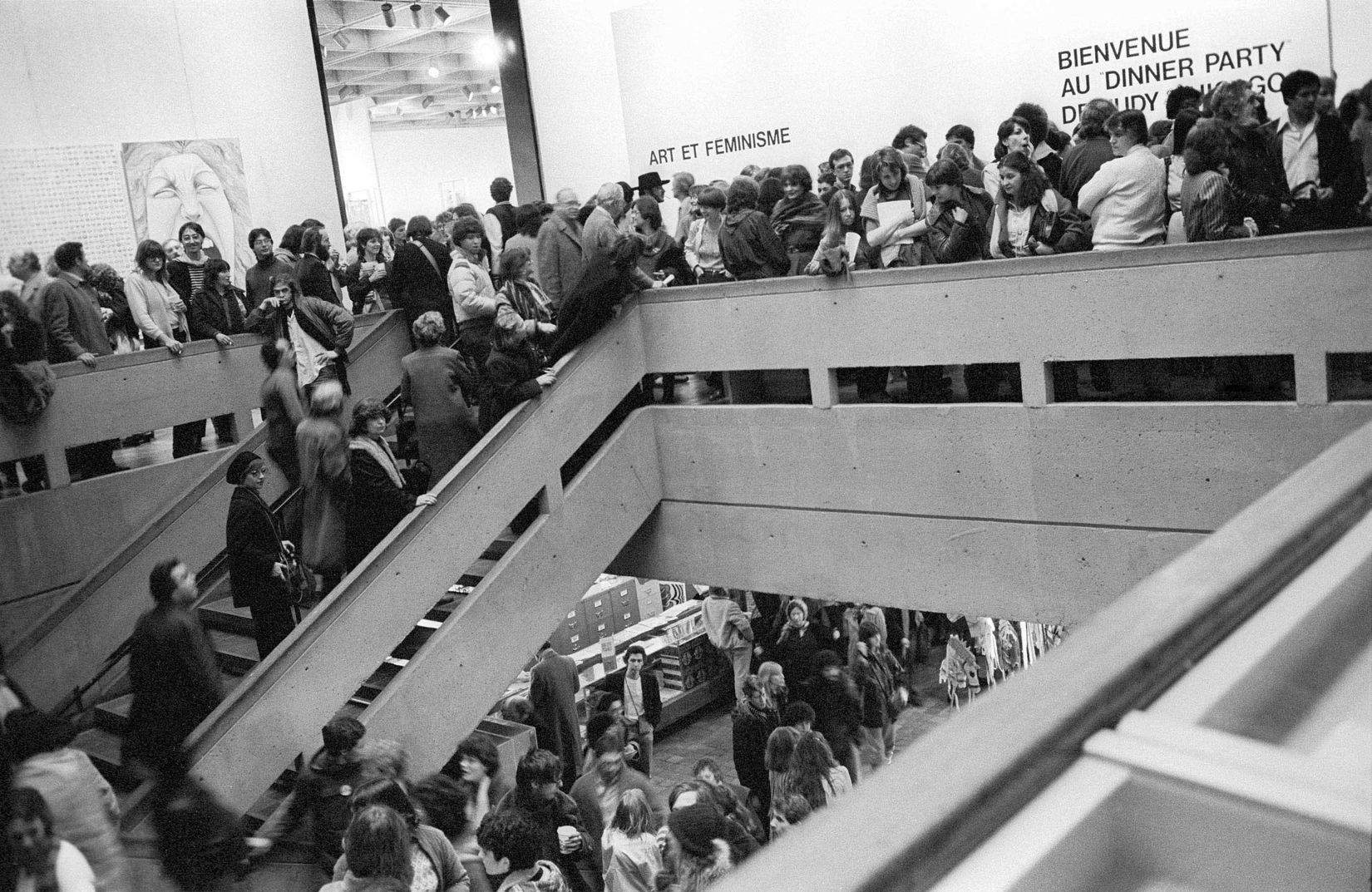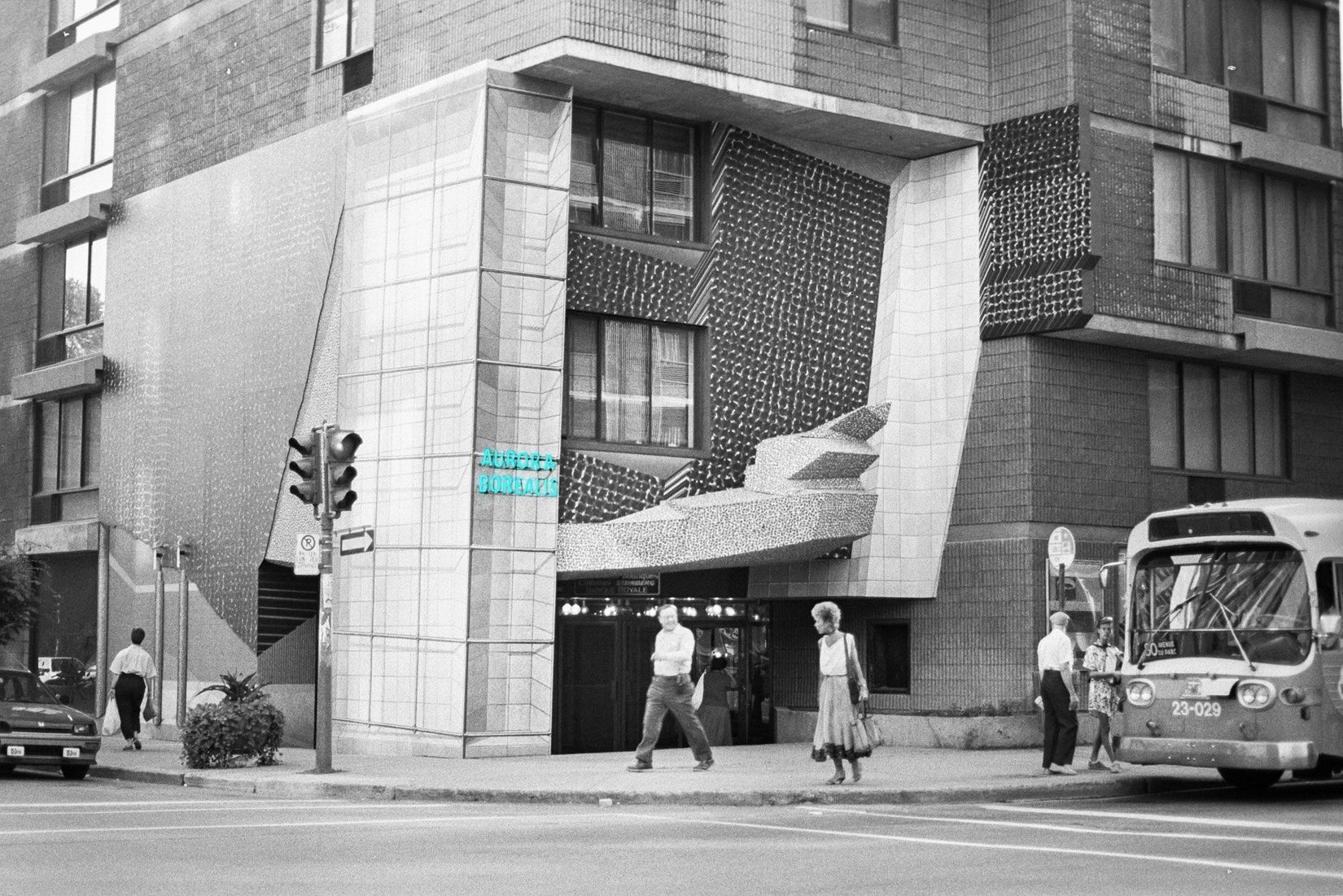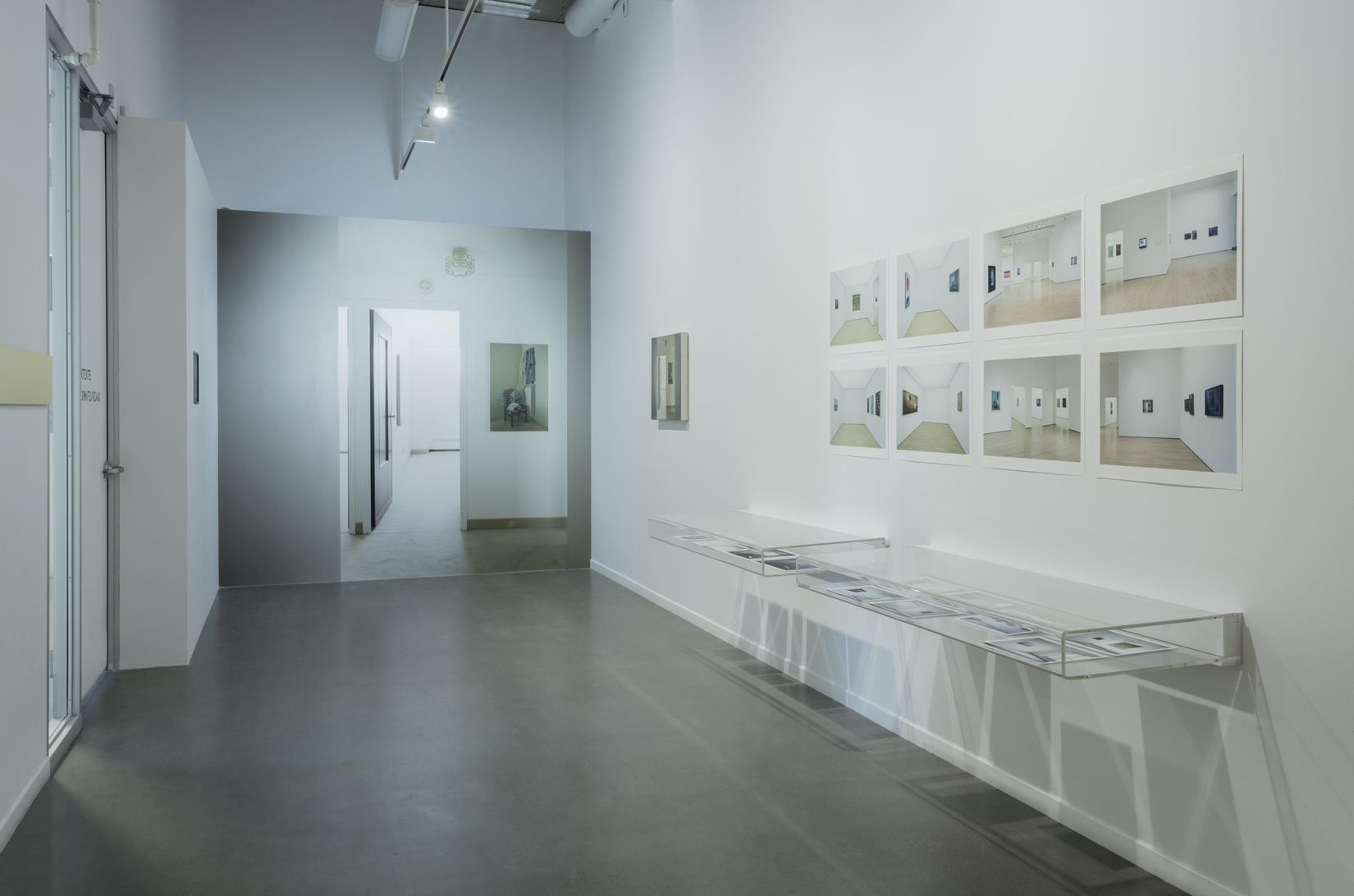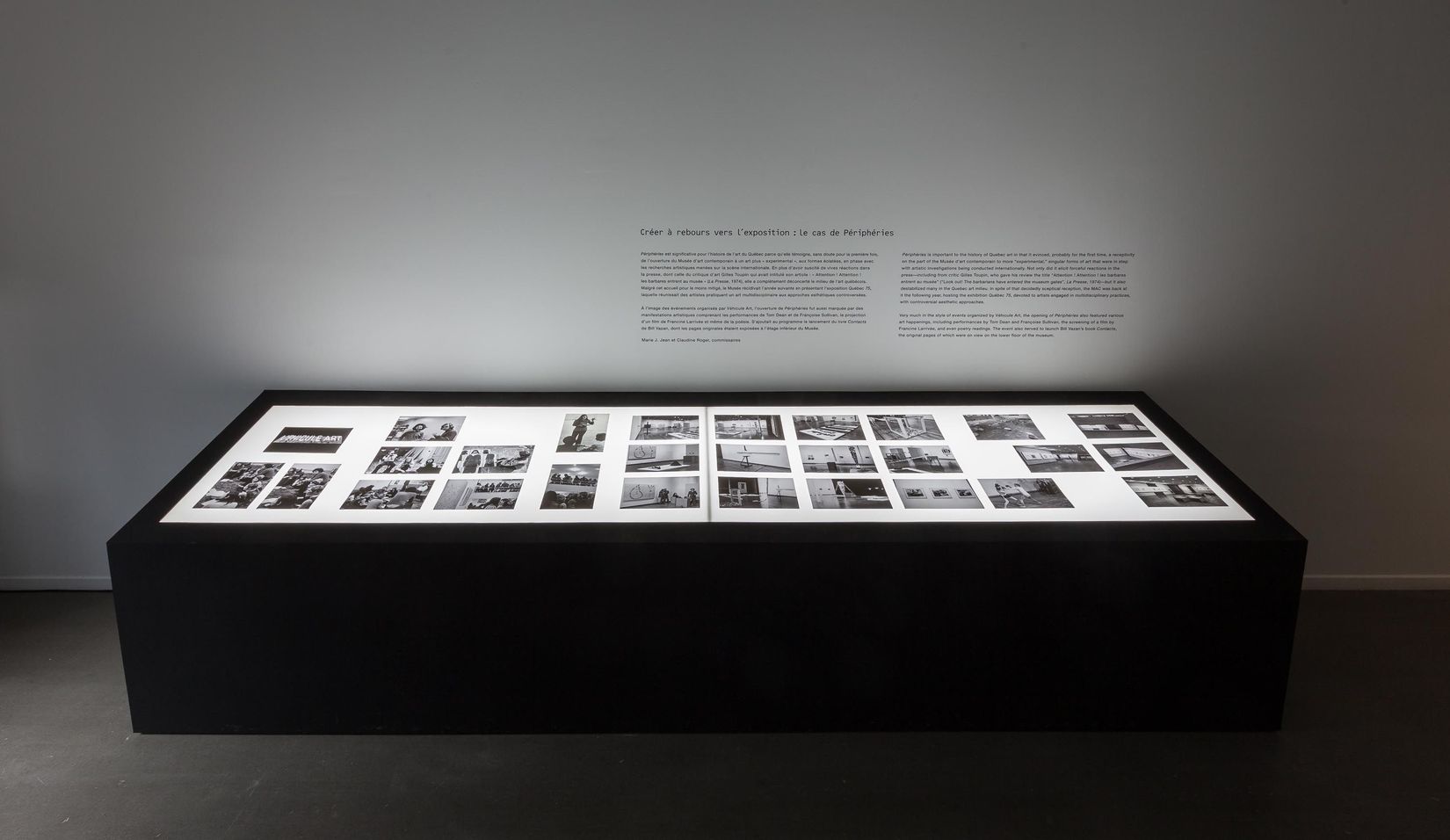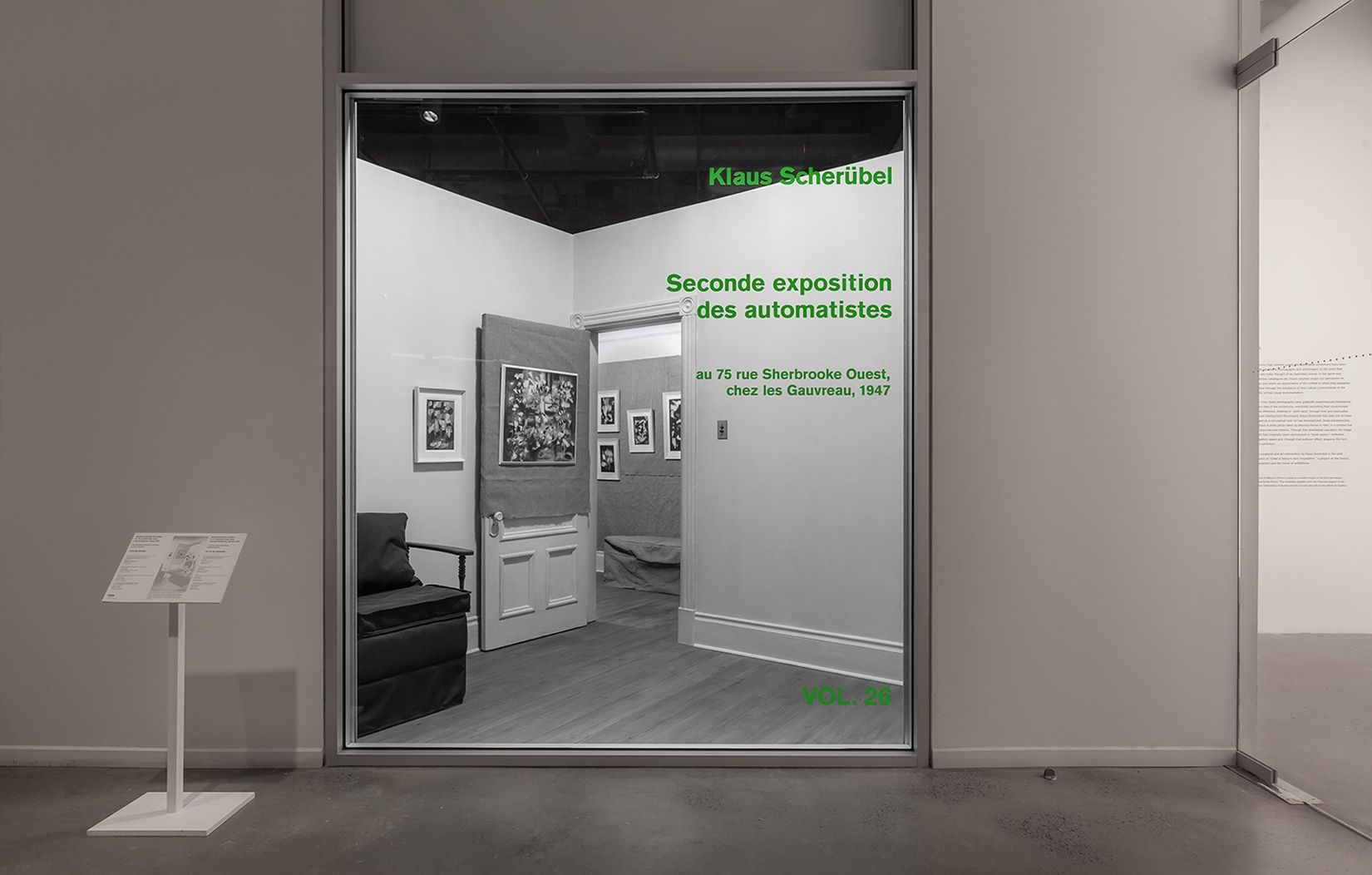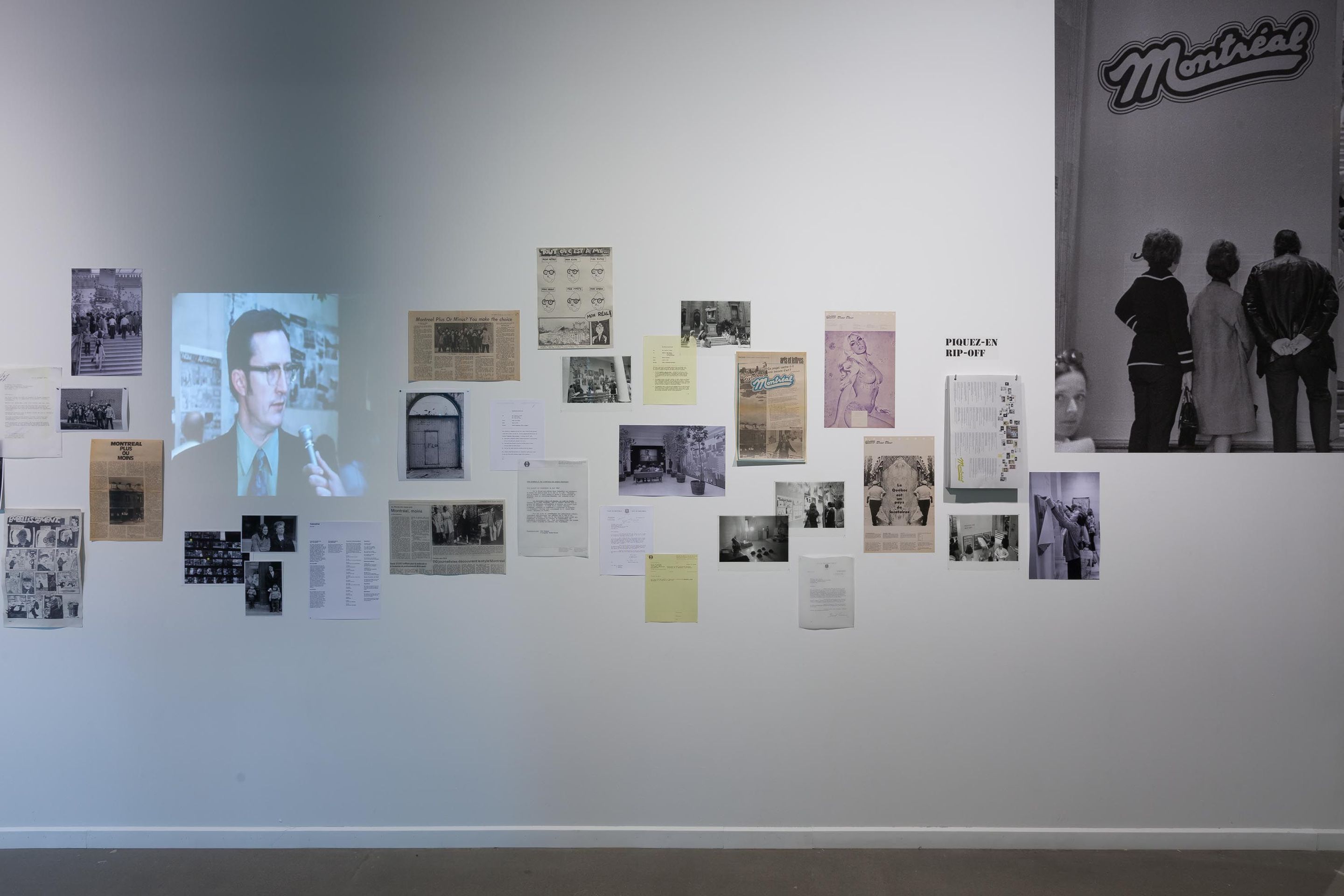
"Créer à rebours vers l’exposition"
The case of Montreal, plus or minus?
2018.04.19 - 06.30
This documentary reactivation is the fourth exhibition in the research project initiated by VOX on the history of exhibitions in Québec, “Créer à rebours vers l’exposition.” It was designed and produced in conjunction with the seminar “Exposition, interprétation et diffusion,” given at Université du Québec à Montréal as part of the joint Master’s in Museology program.
The theme is found in the words ‘Montréal, c’est nous autres.’ The emphasis is on the public and communal city. On the city that is found in the streets, in the parks, in the signs, in the graffiti, and the water we drink, and in the lives we lead.1
Co-ordinated by the artist, architect and urban planner Melvin Charney, Montréal, plus ou moins ? = Montreal, plus or minus? took place at the Montreal Museum of Fine Arts during the summer of 1972, amid the social fervour of a post-crisis Quebec. The event was presented to the public as an “exhibition-forum”: an assemblage of citizens’ voices and works of art thrown together in response to an urgent need to reclaim the city.
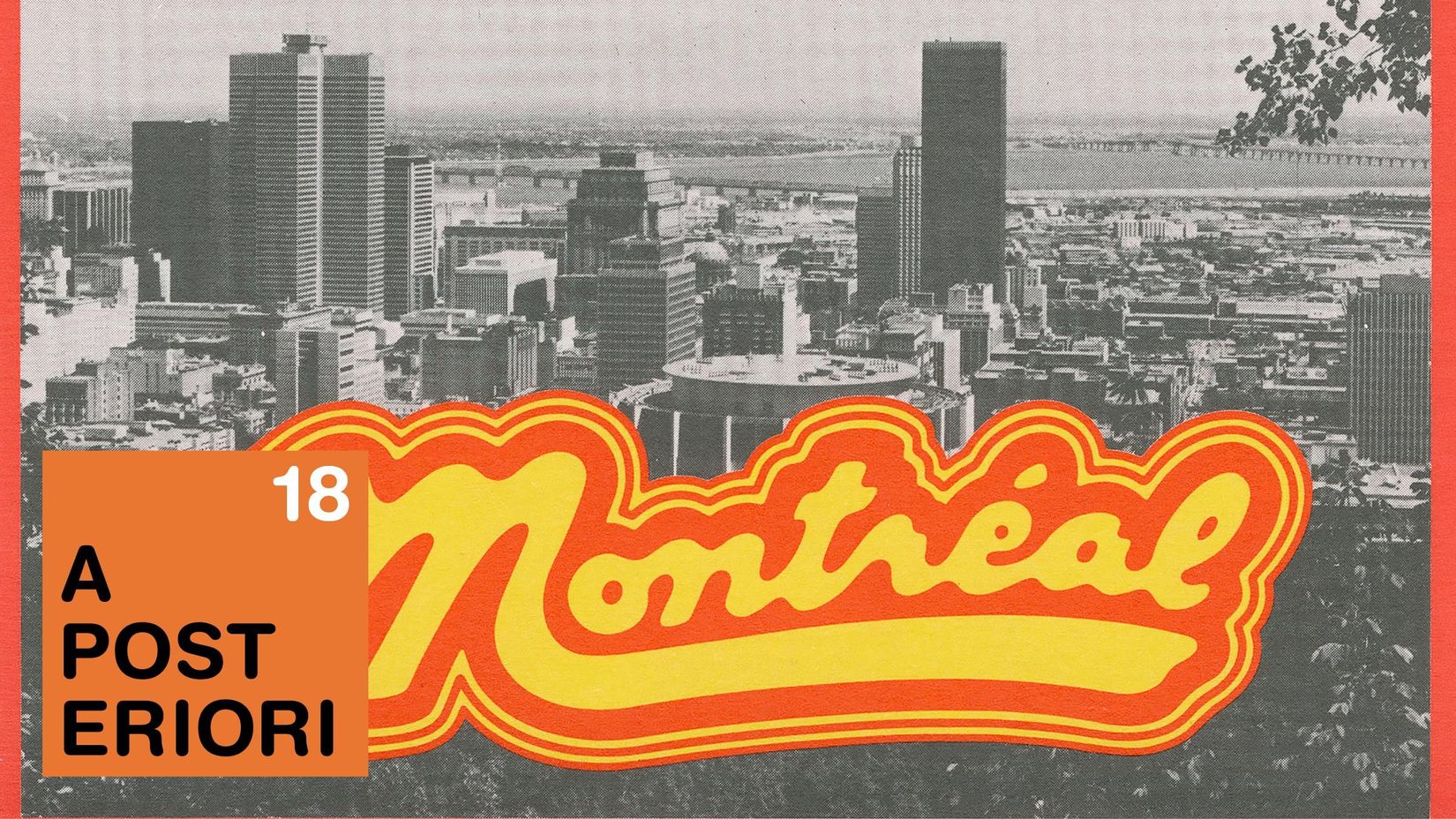
In addition to the animated political context, Charney, then an ardent champion of an architectural identity for Montreal and of “integrative planning,”2 proposed a theme that openly criticized the precariousness and obsolescence of urban design. Assailing decontextualized planning (exemplified by the building of the Maison de Radio-Canada and the Trans-Canada Highway), he cast a critical eye on the city of Montreal while simultaneously looking to the future with optimism.
Seeking to bring Montrealers face to face with this urban reality permeating their everyday, the Museum invited artists in varied disciplines to recreate familiar environments and blur the boundaries between art and life, so as to prompt further reflection outside the walls of the institution. From audio-visual installations to feminist performances, topographical maps, a participatory maze, an urban simulation game, comic strips and photographs, some fifty original pieces were arrayed for visitors.
Montreal, plus or minus? had all the hallmarks of an emblematic exhibition: it was thematically powerful and artistically vital. The reaction, however, was mixed. Many visitors thought it was a tour de force, some journalists wrote that it was a flop, a few artists deemed it a valiant effort: people remember what worked as well as what didn’t. Hence the need for a fresh view, at some remove from the original event and affording analytical distance.
The reactivation of Montreal, plus or minus? is anything but nostalgic and eschews praise for the original; it seeks to comprehend its underpinnings and repercussions. As Amelia Jones and Adrian Heathfield3 have written about re-enactments of performances and events, any revisiting of an exhibition must investigate the implications intrinsic to its historical and political context. In that light, the reprising of Montreal, plus or minus? aims to contextualize the thinking of its artists and organizers during a troubled time in the city’s history, and project it forty-six years forward, to today. This generates tension in the “double historicity”4 of the original event and its reconstitution. The goal is to note the time interval, but also to identify continuity across it: clearly, the questions that were germane to the 1970s remain topical. From urban planning (Maison de Radio-Canada is to be relocated by 2020) to government policy (another Trudeau government was elected in 2015) to, of course, feminist concerns, many of the same issues are resurgent today.
The documents included in the 2018 exhibition differ in value, but are shown without any hierarchy, the better to attest to a shared piece of history. Traces, archives, and partitions share the same objective: to chart a heritage and constitute a history of exhibitions. By exhibiting these indices usually consigned to archival boxes, the question of memory becomes central to the display mechanism. The act of displaying is thus a moment of activation that restores the documentation to circulation, revealing what had disappeared and reviving the ephemeral event.
The reactivation of the performance series by Groupe Mauve by a present-day feminist artists’ collective is yet another negotiation between past and present, the result of the performativity of archives. In granting Women With Kitchen Appliances (WWKA) the freedom to reinterpret Groupe Mauve’s action, the goal is to add to it the “voice” of today’s artists, while investigating the longevity of the performance. A similar process has been devised for the text Au cœur de la ville by André Major, which will be reinterpreted by a contemporary actor and writer, Alex Bergeron.
Materially reconstituting an event of this scale would be impossible, because of the sheer number of works, artists and collaborators involved, and because some artefacts have been lost to time. Since we cannot present the original works, our reactivation of Montreal, plus or minus? has been woven together from collective memory: that of a number of citizens, artists and historians who took part in or reported on the event. This exhibition, which includes some unpublished documents, seeks to adopt a social, human perspective on our history, but also on the possibilities afforded by an art that is responsible and inclusive.
The project is supported by Université du Québec à Montréal’s graduate studies programs in museology, Figura, le Centre de recherche sur le texte et l’imaginaire and the Chaire de recherche sur la gouvernance des musées et le droit de la culture.

